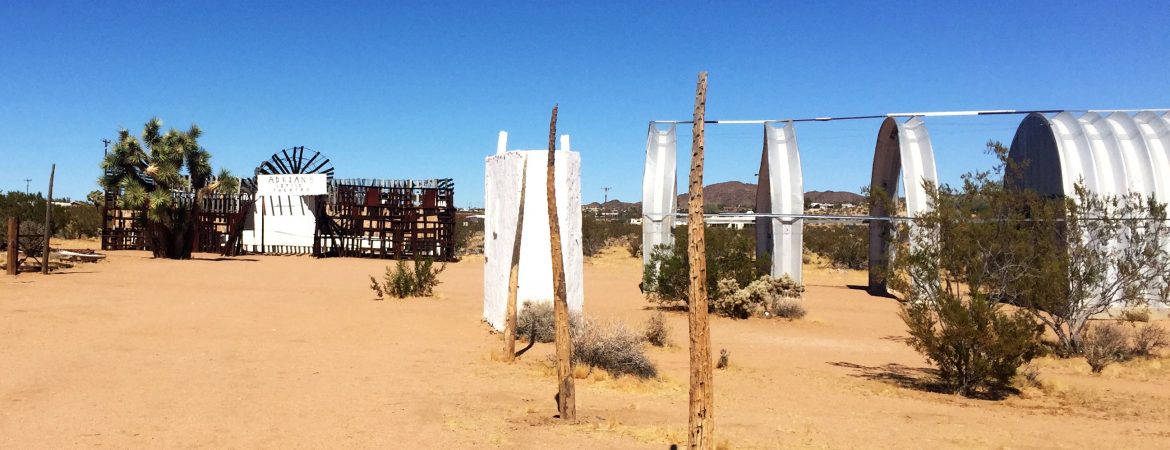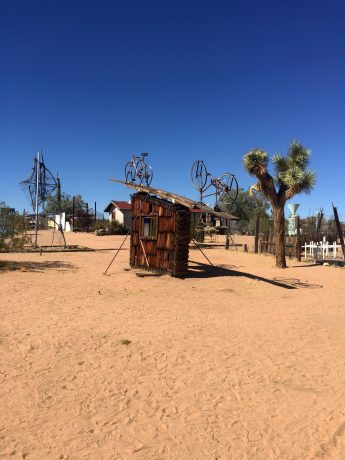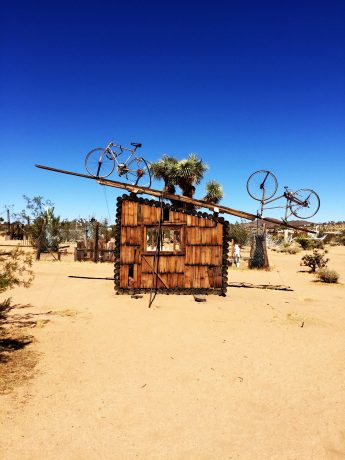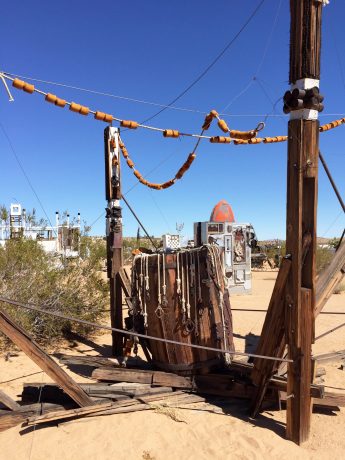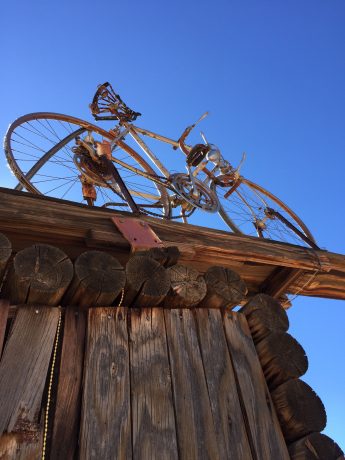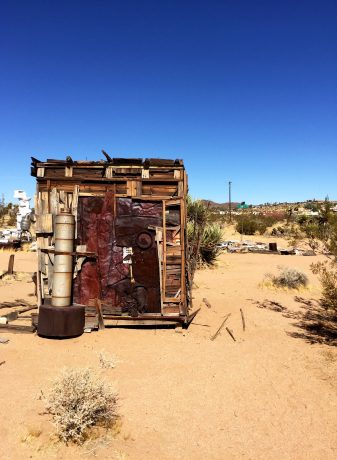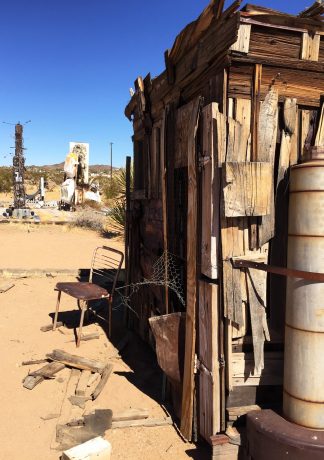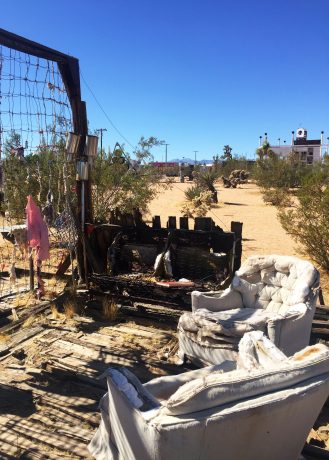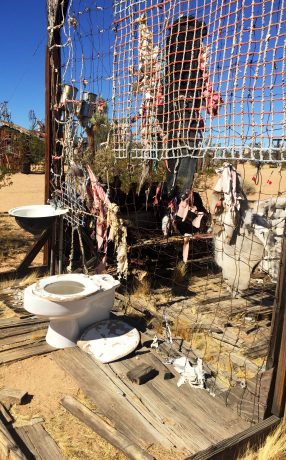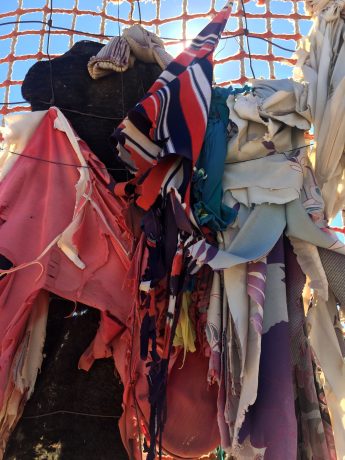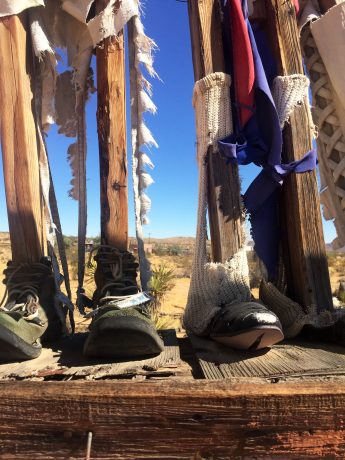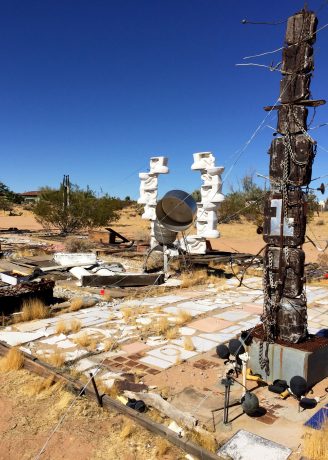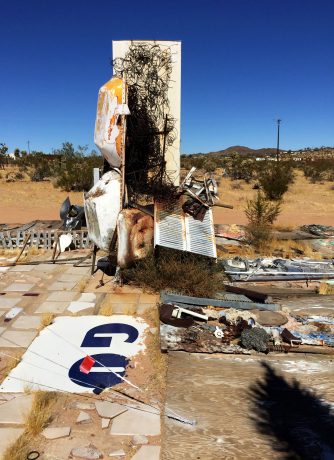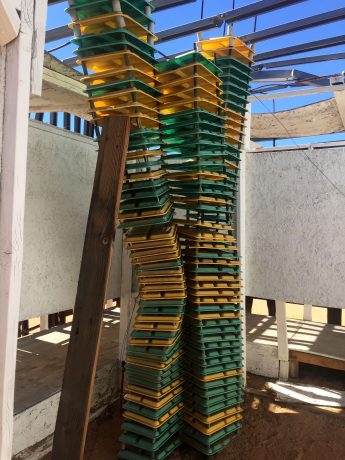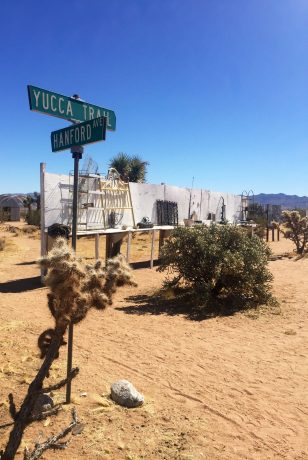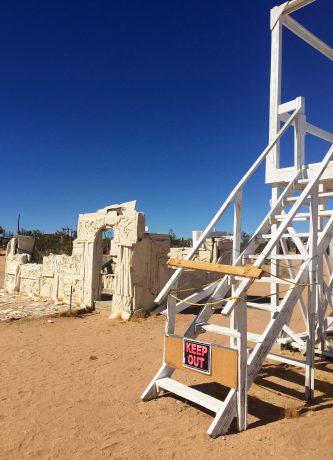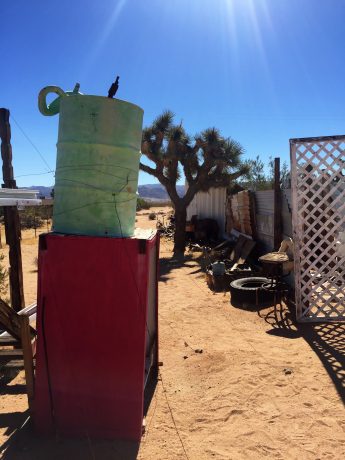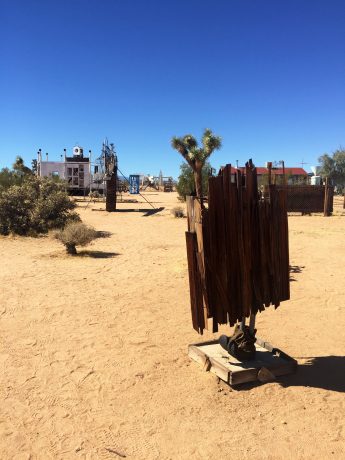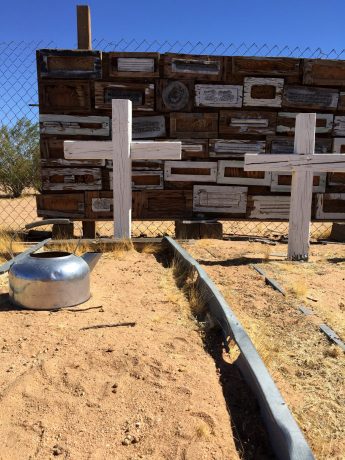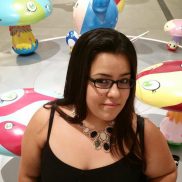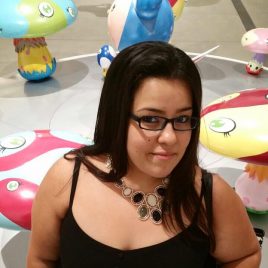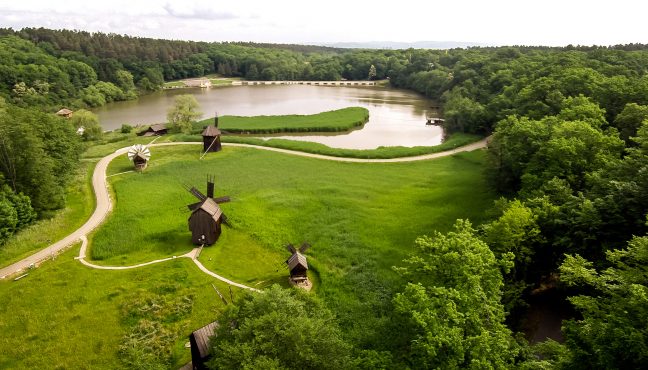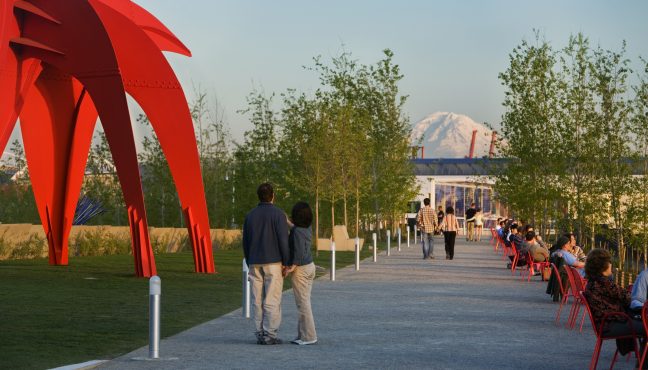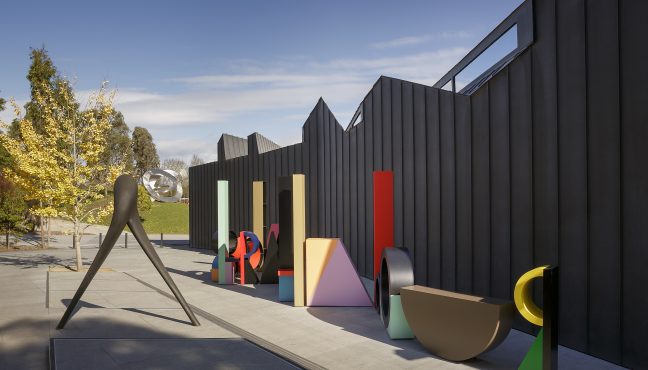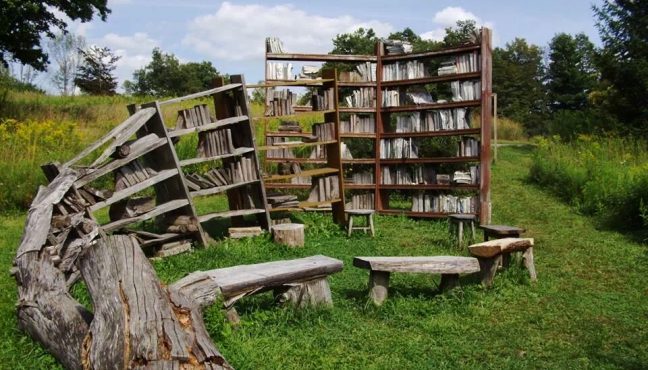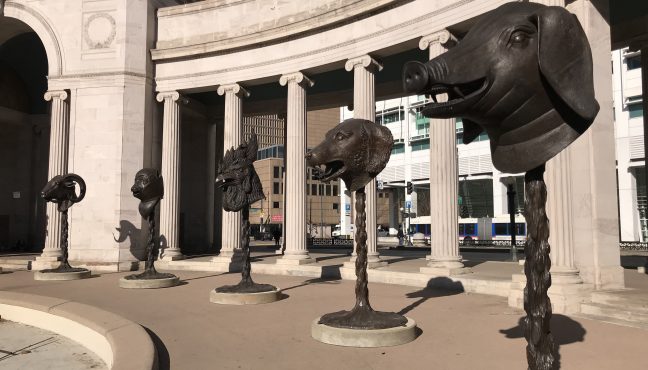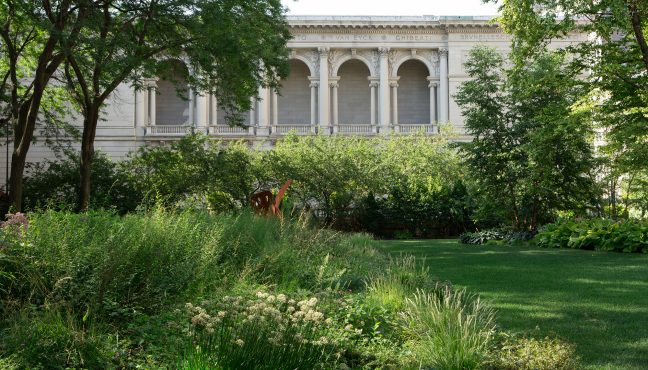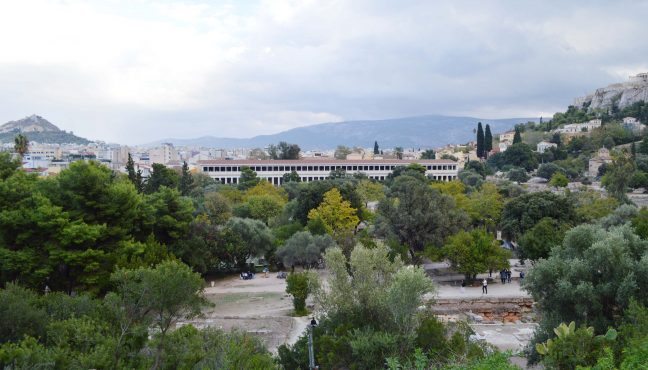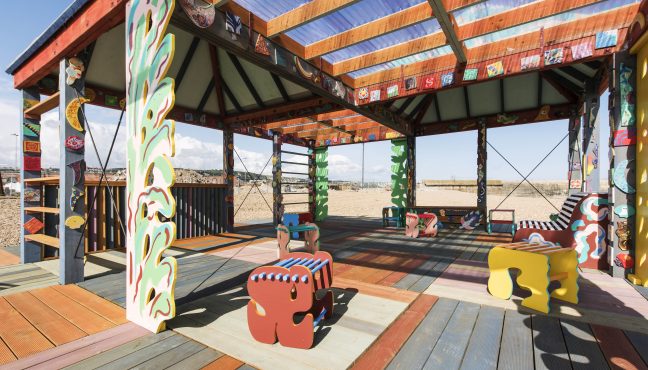We at Museeum are constantly questioning what is a museum? How do we define this? Is it the art? No, because there are museum gardens and zoos, and ones based on science. Is it the monumental architecture? Also no, because there are both enormous museums and small museums that fit inside houses. Is it based on admissions fees? No, some museums are free. Is it programming? No, some museums don't have programs. Is it their curatorial statement? No, some museums don't have curators. Is it their governance? Nope, there are museum non-profits, private museums, museums owned by cities and others by the government. So what makes a museum a museum? What are the requirements to be a museum? Are there any? Am I in a museum now? Are you? How do you know?
The American Alliance of Museums tells us that over 850 million Americans visit museums annually, that museums contribute $21 billion to the national economy, and that 400,000 people work at museums every year. Well, that is all good and great, but what about museums that don't charge, have zero employees, or lack basic records as to who comes through their doors? Are they still museums? Certainly not quantifiable museums, not with according to this data anyway.
Noah Purifoy Outdoor Desert Museum (or Joshua Tree Outdoor Museum depending on the source), is a museum so unique that it doesn't even have a single cohesive name. It's certainly a space unlike any other. To add to this loving confusion, most people refer to this as "Noah's site" (most people in Joshua Tree anyway), I have only ever heard Angelinos (LA people) say we should go to Noah's in Joshua Tree. But whichever way you wish to address it, you must go... everyone must go, if all else to enjoy the confusion!
These ten acres of desert land situated somewhere in the middle of Joshua Tree host many (but like many-many-many-many) large-scale sculptures by the one and only Noah Purifoy. Now before we delve in, let's take a moment to acknowledge that a serious GPS device is needed to find the site (Siri caved within minutes), and most importantly when the GPS fails, which it will in the middle of the desert, you will find handwritten signs on man-made posts that direct the way, so no fear you will find your way to the site. But this is basically made for the adventurous at heart, those who love the desert and those with serious wanderlust genes (I may or may not fit into this category... mostly may not, I am adventurous but I don't love this desert situation).


Noah Purifoy Outdoor Desert Museum is open from 9:00 am to dusk every day. It's free, it's open to the public, it's roofless and wall-less, and it's in the middle of the desert; so lots of cacti, desert palms and spiky things on the floor made of sand, along with many living organisms that one can barely notice. I stumbled upon Noah Purifoy Outdoor Desert Museum on a Sunday in which the site was activated by HDTS (High Desert Tests Sites), which is an aesthetic happening in Joshua Tree by which many sites in the desert are art-activated one weekend a year. On this particular occasion, the site lacked programming. Come to think of it, I failed to see a single person who worked at the site, but I digress. The entrance is free and literature is delivered on the honors system; a small box next to the welcome sign hosts brochures with names of the artwork and information about the site. This is a very at-your-own-leisure type of space — no roof, no walls, just art.
In this eclectic environment beautiful artwork made of discarded materials such as bicycles, shoes, wooden planks, toilets, sofas, mattress holders, barrels, tea kettles, rusty chairs, tires, televisions, mosaics, old street signs, plastic food trays, old books, shreds of textile, and metal scraps have a life inside a museum, yet outside... in the middle of the desert.
Another intriguing fact about this museum lies in the interactive component of its works. With a lack of docents to signal you away from the artworks, guests are encouraged to venture deep inside them, step on them, touch them, play with them, dance around them, climb them. Noah Purifoy Outdoor Desert Museum defies the traditional notions of the realities in contemporary museums.


By existing free of almost every notion we often associate with museums, Noah Purifoy Outdoor Desert Museum allows its guest to inhabit a new reality. The museum itself is all around you on this particular site. It expands upon the concept and reality of a museum by allowing for intimate interaction with the artwork, as well existing free of policing entities such as docents or guards. Thus each artwork becomes a unique reality onto itself.
I had the pleasure of seeing a few of the same objects in a recent exhibition at Lacma. "Noah Purifoy: Junk Dada" was exhibited at the Los Angeles County Museum of Art from June 2015 - January 2016. The work was taken from its desert home and brought to a typical white-walled museum — think lights, boxes, crates, docents, guards, admissions fees, books, and curators. The works felt different at Lacma than they do at Noah Purifoy Outdoor Desert Museum.

In situ (an artsy term for on-site to the place where the artwork was created) the works are free, playful, and exist in the reality of the viewer; they expand the concept of the museum — they are dangerous, rusty, broken objects, that defy the concept of art.
Noah Purifoy Outdoor Desert Museum is a wonderful spot to explore, an intricate expansion of conceptual engagement, an art playground of sorts in the middle of the desert. I lost myself on the site; I forgot I was at a museum and museum protocol walked out the door. I found myself playing hide and seek with the sun and couldn't walk for ten feet straight while acknowledging art in fear of either bumping into cacti or accidentally stepping on something that moved. Because Noah Purifoy Outdoor Desert Museum is so unique, my experience was so wonderful. I might hate the desert, but I love the sight.
